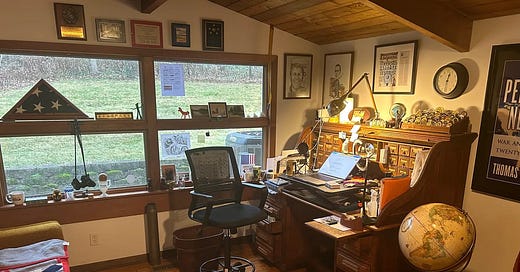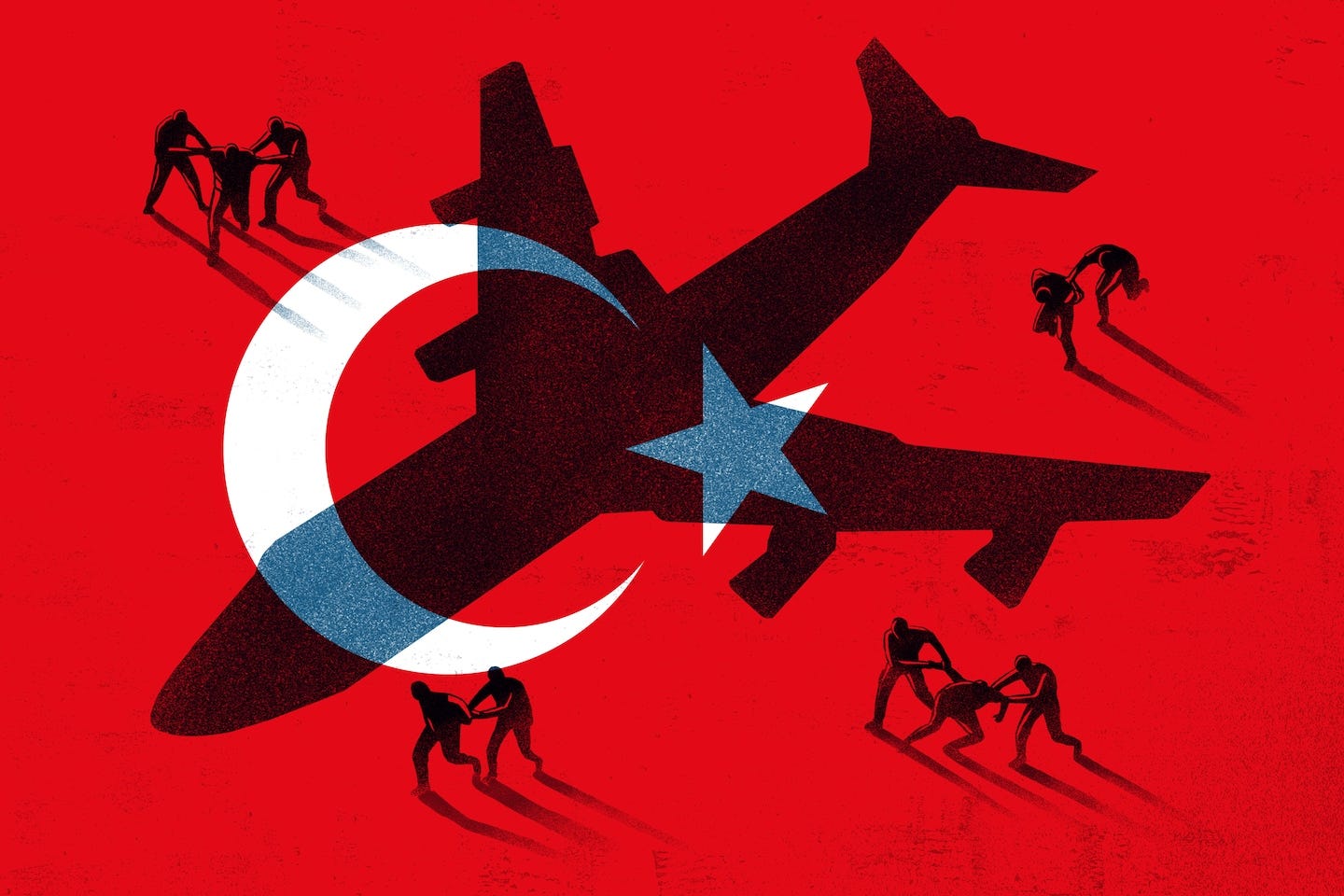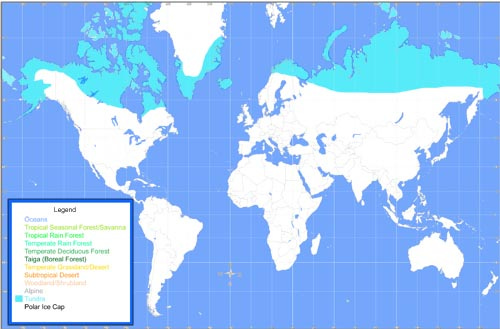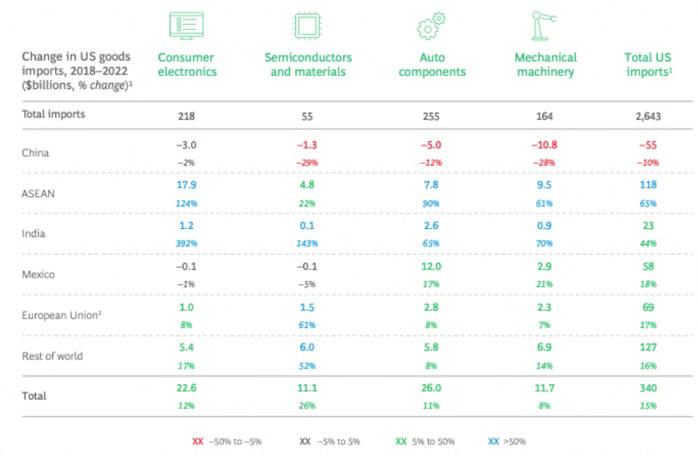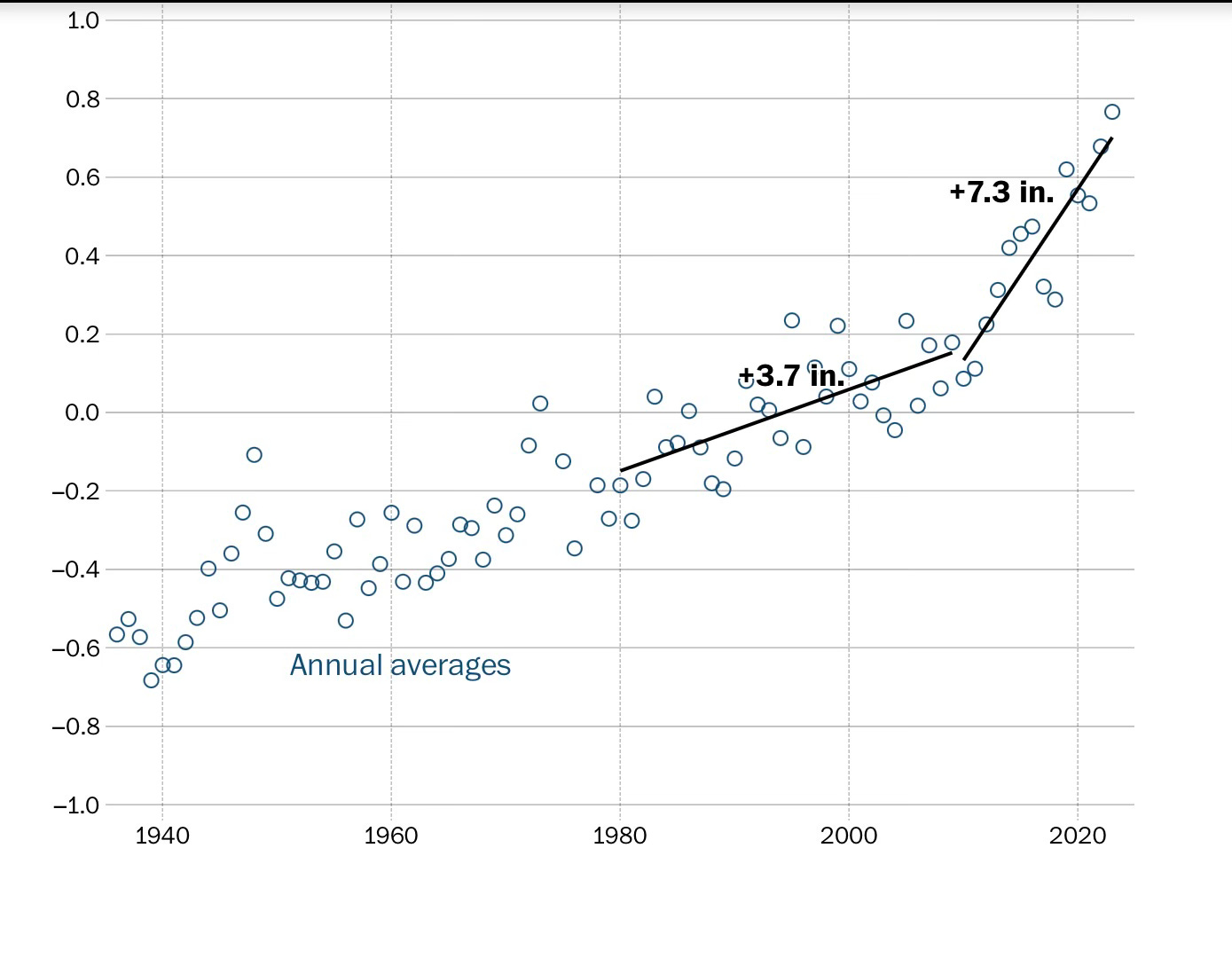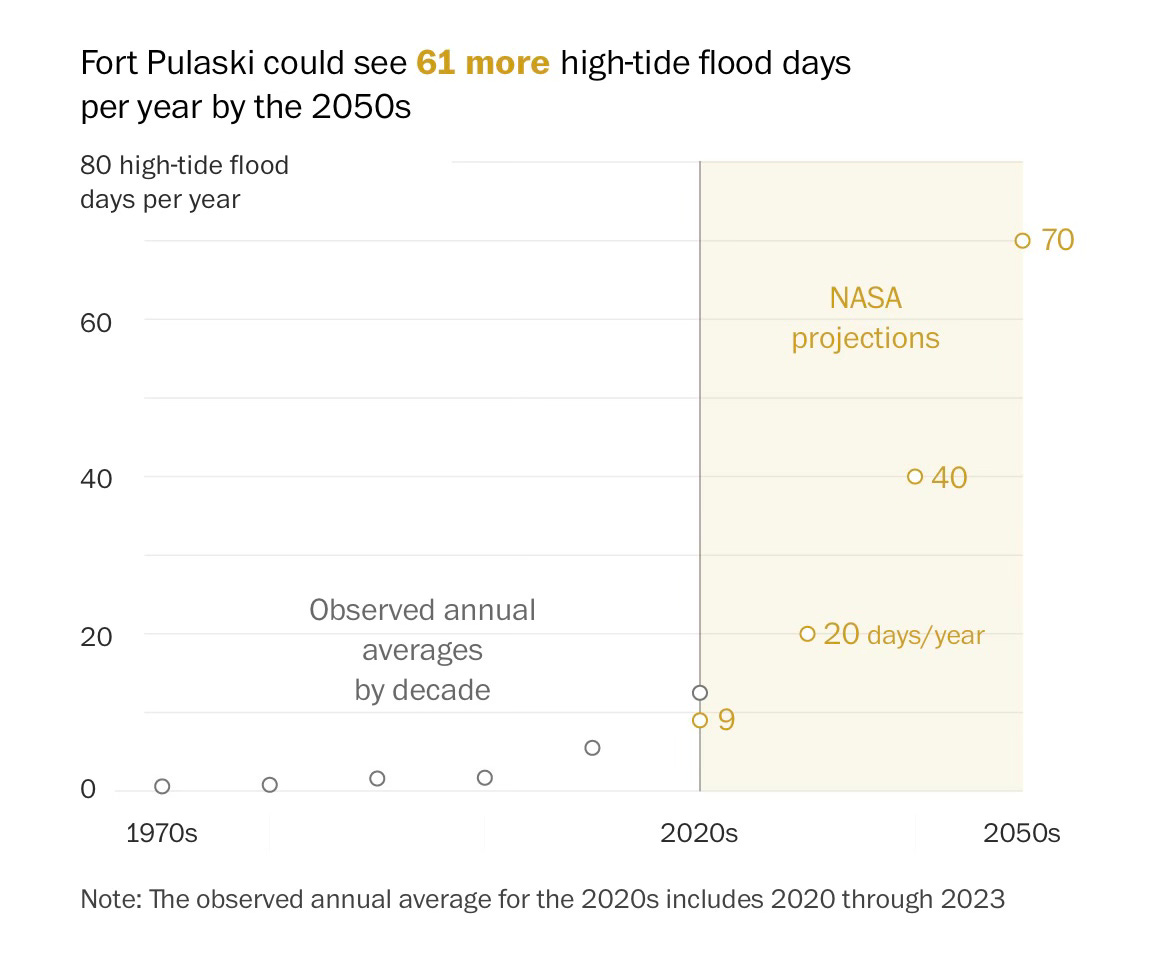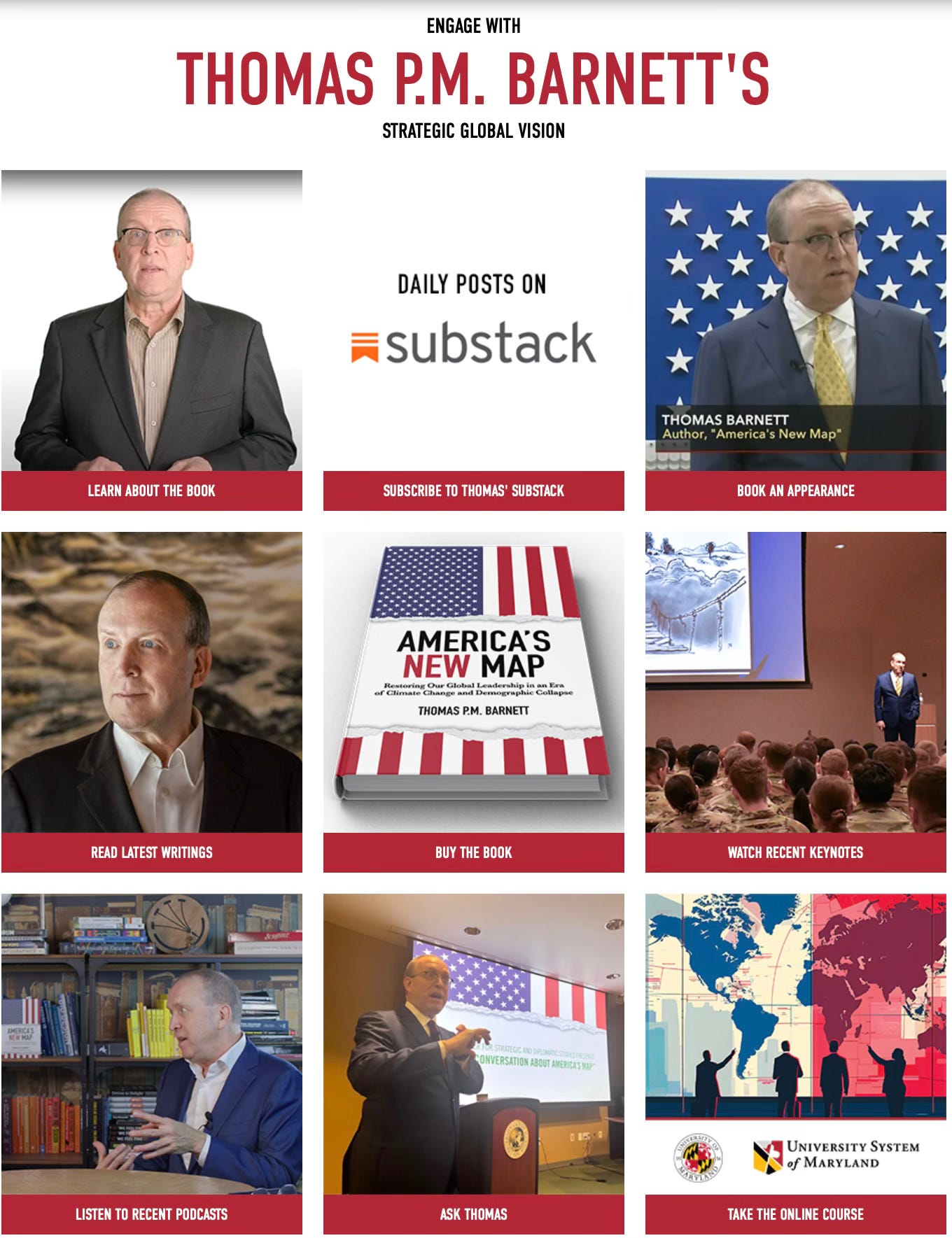1) Another one joins the club
WAPO: Turkey exploits post-9/11 counterterrorism model to target critics in exile
America modeled all sorts of great-power behavior after 9/11, establishing the template that so many other states now follow, to include China, Russia, India, Iran, Israel, and now Turkey.
This fits the larger trend that sees most warfare today being waged by subnational groups against states and vice versa — to include state targeting of proclaimed “bad actors.”
Turkey has drawn extensively from the U.S. counterterrorism post-9/11 playbook to go after exiled political enemies, in particular the Gulen movement.
You make declarations (They are known terrorists). You publicize “proof” (These are their crimes.) You issue general warnings (Our government will not stand for …), and then you kill without warning … including on foreign soil.
You do not apologize, and, if the local government makes a fuss, you do not cooperate with it whatsoever and instead tit-for-tat as that government seeks to hold you responsible.
These are the rules. Follow them and you’re in the clear.
Why?
Because everybody does it, or so it seems.
Spot the pattern and procedures:
As abduction teams fanned out across neighborhoods in Nairobi in October, their targets — members of a Turkish religious movement — seemed to have few worries beyond the hassles of a hectic weekday.
One was returning from a visa appointment with his family; a second was at the motor vehicle office for a driving test; still others were trying to beat traffic during the early Friday commute.
By morning’s end, seven Turkish nationals had been abducted at gunpoint, hooded and handcuffed by masked agents traveling in unmarked vehicles, according to Western security officials, witnesses and relatives of the victims. While three were later released, four were taken to a remote airstrip outside the Kenyan capital, officials said, and forced aboard a plane waiting to take them to a Turkish prison near here.
We have modeled it all, right down to the Black Sites where we tortured.
I’m not pointing fingers at anyone per se; just pointing out this is now a well-established ruleset, so we should all stop feigning shock at the latest story/example.
Beyond that, we should take care how we model behavior in the future.
2) The not-so-frozen tundra
OCEANOGRAPHIC MAGAZINE: Arctic on fire: Wildfires turn polar region into carbon source
It feels like a tipping point, alright.
In what scientists have called a "dramatic transformation" of the Arctic, frequent wildfires and warming temperatures have seen the region shift from storing carbon to becoming a considerable source of carbon emission into the atmosphere.
From net sink to net source. Talk about switching sides.
For millennia, it’s one way, now it’s the complete opposite.
We are glimpsing our collective future:
“The Arctic is our sentinel – it’s where the climate and ocean crisis converge and where the impacts of these crises are seen first and felt most keenly,” said the Greenpeace campaign’s photographer, Christian Åslund.
Blink and it will be gone.
How much will it matter? Ask your kids in half a century. They will know full well.
3) Burning down the house!
YAHOO: California has sweeping new rules for home insurance. What to know
We’re in for nasty weather, alright. But there has got to be a way of dealing with it, right?
Meanwhile, the avatar of our collective future remains California (yay or ugh, depending on your politics).
Big Data to the rescue (sort of?):
A revolution is underway in California's insurance market that could provide relief to homeowners in high-fire-risk neighborhoods who have found it difficult to find insurers to cover their homes, typically a household's most valuable asset.
Under new rules, state insurers for the first time will be allowed to use so-called catastrophe models to help determine the cost of home insurance. The models, developed by firms such as Verisk Analytics and Moody's, are complex computer programs that aim to better determine the risk a structure faces from wildfires amid a changing climate.
Bottom line: for insurance to work, expect insurance companies to get all up into your bizness! (Clean them gutters! Make your roof metallic!).While charging more and covering less.
And if that don’t make climate change real enough for you, then nothing will … until your house burns down.
Some things sure can sweep you off your feet.
4) Crack that whip! Whip it good!
NYT: Tariff fallout
FORBES: Here’s Why US Manufacturers Can’t Quit China
It was America’s rising trade protectionism that drove a lot of Chinese exporters to invest in Mexico and Vietnam so as to maintain access to the US market.
In the overall case of SE Asia, there’s also the larger reality that the region now enjoys its peak demographic dividend, meaning manufacturing was going to migrate there from ever-more-expensive China anyway.
So, six of one, half dozen of another.
And when we go after Mexico and Vietnam as transit countries?
“Industrial dispersion” results
From Forbes:
According to a 2023 report published by Boston Consulting Group (BCG), Harnessing the Tectonic Shifts in Global Manufacturing, US goods imports from China declined by 10% from 2018 through 2022 in inflation-adjusted terms, they rose by 18% from Mexico, 44% from India, and 65% from the ten countries of the Association of Southeast Asian Nations.
In other words, the global economy simply rewires itself, in turn, forcing America to target more and more economies with higher tariffs. Already, exporters are moving from vulnerable Vietnam to Cambodia, Malaysia, and — Mais oui! — India.
Our tariffs may hurry this inevitable migration, but they won’t change it.
Demographics = force; tariffs = friction. Guess which one is more powerful.
5) Rising seas get us coming and going
WAPO: WHY SEAS ARE SURGING; What one tide gauge reveals about America’s climate future
One of those fabulous WAPO pieces with extraordinarily cool quasi-animated graphics sprinkled throughout. You should check out visually.
Of course, the answer is all of the above: oceans warm and expand, ice melts and adds sheer volume, and the coastlines are sinking, in large part because of water usage draining underground aquifers.
One tidal gauge system … 90 years of data.
The stunner: a 7-inch rise since 2010! The previous three decades saw half as much of a rise.
Getting that hockey stick vibe?
The frightening observation:
Similar spikes are affecting the entire U.S. Southeast — showing a glimpse of our climate future.
The best way to conceptualize is the added number of days during which a radically different situation ensues — like sunny-day floods.
That’s the best way to think about all this change. Like in our SW, how many Saharan Desert days does Phoenix endure each year? Short answer: lots more … eventually weeks more … ultimately months more … until you start counting the un-days because they transgress the new normal.
It’s like your calendar is being invaded, the question being, how much of it do we surrender to historically intolerable conditions?
6) Now that we have things stable, let’s start tossing bricks
NYT: The Economy Is Finally Stable. Is That About to Change?
GOLDMAN SACHS: The global economy is forecast to grow solidly in 2025 despite trade uncertainty
Goldman says the global economy should do okay, despite the trade uncertainties.
Good to hear, because Trump seems determined to sow chaos, imagining great freedom of movement within such conditions.
We shall see.
Trump, just like last time, inherits a strong economy.
After five years of uncertainty and turmoil, the U.S. economy is ending 2024 in arguably its most stable condition since the start of the coronavirus pandemic.
Inflation has cooled. Unemployment is low. The Federal Reserve is cutting interest rates. The recession that many forecasters once warned was inevitable hasn’t materialized.
Yet the economic outlook for 2025 is as murky as ever, for one major reason: President-elect Donald J. Trump.
America, likewise, sits in a position of relative strength:
All that good global feeling is the result of the pandemic-induced inflation finally being tamed.
So, yeah, why not unleash trade wars and see if we can’t get that inflation back up again!
For now, the markets feel good, but …
“Markets have a serenity about trade and immigration policy that I think is unwarranted,” said Michael Strain, an economist at the American Enterprise Institute, a conservative think tank. “Trade and immigration policy could be extremely disruptive to the economy.”
From God’s lips to Trump’s ears.
7) Grim reading, Grim Reaper
NYT: I Was a Health Insurance Executive. What I Saw Made Me Quit.
It gets easier for me to wax melodramatic about the end of life as I age.
My spouse working as a hospice social worker probably doesn’t help (or helps way too much).
To say the least: the businesses of living, being sick, and dying in this country are all screwed up right now.
This is a good write-up from an insider. Worth reading.
The intro grabs me by the throat and by the checkbook:
I left my job as a health insurance executive at Cigna after a crisis of conscience. It began in 2005, during a meeting convened by the chief executive to brief department heads on the company’s latest strategy: “consumerism.”
Marketing consultants created the term to persuade employers and policymakers to shift hundreds and, in many cases, thousands of dollars in health care costs onto consumers before insurance coverage kicks in. At the time, most Americans had relatively modest cost-sharing obligations — a $300 deductible, a $10 co-payment. “Consumerism” proponents contended that if patients had more skin in the game, they would be more prudent consumers of health care, and providers would lower their prices.
More skin in the game — to say the least.
It’s a cruel logic — to state the obvious.
I will have a lot more to say about this between Christmas and New Year’s.
Spolier alert! Nobody dies.
8) Happy! Happy! Joy! Joy!
VISUAL CAPITALIST: Hawaii is America's Happiest State in 2024
As my family contemplated our move next summer back to the Upper Midwest (really a choice between MN, WI, and MI), it turns out that the only family member totally in love with the idea of moving to Green Bay was the 12-year-old version of me (sweet kid). Spouse not really in favor, nor our two youngest still at home.
Instead, they all want Minnesota, and this chart partially explains why.
So the wider Twin Cities region seems to have won, leaving 12yo Tommy in tears.
But, screw him. He doesn’t earn any money, so he doesn’t get a vote.
Instead, we are now exploring just south of Minneapolis/St. Paul. Probably not one of its large, tony suburbs (80-100k range) to begin with, but rather something more like 15-20k, preferably college towns like our beloved tiny Yellow Springs (which I would move, along with our mid-century house, to MN if I could, but alas … Dave Chappelle forbids).
We’ll be about 4-5 hours from Lambeau Field, which will be close enough for 62yo Thomas. We’ll also be near three of my siblings, a major international airport (love MSP), and … well, happier than we are in Ohio, where the allergies and generally poor air quality of the Central Lowlands makes me feel sick about 300 days out of the day (my personal calendar having been long ago invaded).
What clinched it for my spouse? WI flipped to Trump but MN did not!
That, and a better social-worker environment.
The packing has already begun!
9) These are the days of our lives
AXIOS: Mapped: Where winter's warming most
Again, count the days as the best way to visualize and imagine shifting climate — here in terms of days below freezing.
About 44% of cities analyzed saw at least an additional week's worth of days above freezing each year due to human-caused climate change.
The cities with the greatest increase in warm winter days are located in Europe, the world's fastest-warming continent, and Asia.
Then again, say the Atlantic Meridional Overturning Circulation (AMOC) collapses sometime soon. Then we’re talking about a warming Europe becoming dramatically colder.
Mother Nature giveth in days and taketh away in days.
10) An interesting resource
REUTERS: Ukraine collects vast war data trove to train AI models
In a pervasively sensored world, Big Data rules.
Two million hours (228 years!) of Ukraine’s battlefield drone video … accumulated and thus constituting an invaluable AI learning resource.
According to one Ukrainian involved in managing the database:
"This is food for the AI: If you want to teach an AI, you give it 2 million hours (of video), it will become something supernatural."
Like above the skies of New Jersey!
Paging Orson Welles!
Don’t expect to read much about the ensueing trade — or trade craft. Ukraine’s allies, I am certain, are already buying this stuff up at premium prices.
11) Why am I not surprised?
WAPO: Ukrainian troops say inexperienced North Koreans are making easy targets
The North Korean military is like a collectible action figure: looks great in the box but loses almost all of its value once you yank it out and start playing with it.
Crap regime = crap military, as we learn time and again.
Remember when we were all sure Saddam’s military would put up this huge fight?
Didn’t.
Or when Russia was going to wipe out Ukraine in days if not hours?
Didn’t.
Or when the DPRK sent its top shock troops to Putin’s aid, turbo-charging his forces?
Not happening:
The Ukrainians knew the troops moving across battlefields in Kursk weren’t Russians because the groups were too large, soldiers said. Russian troops typically move in smaller formations and stick close to tree lines to reduce their chances of being struck by Ukrainian firepower. But these troops, seemingly unafraid of enemy weapons hovering just overhead, moved in the open.
Fierce bravery, perhaps?
Nope. Just supreme stupidity reflecting crap training.
“The North Koreans are running across the fields, and there are so many of them. They don’t understand what’s happening,” said a Ukrainian drone unit commander deployed to Kursk who goes by the call sign Boxer. “I don’t know if they don’t understand what’s going on or if the Russians are deliberately sending them like that. I can’t say.”
The commander, who spoke on the condition that he be identified only by his call sign to discuss operations openly, said the assault began Saturday. The next day, more troops moved in the same way.
“FPV drones, artillery and other weapons struck them because they were moving in the open field. You can imagine the result,” he said. “We were very surprised, we had never seen anything like it — 40 to 50 people running across a field. That’s a perfect target for artillery and Mavic [drone] operators. Russians never ran like that.”
Oh, that scary Eurasian Axis … it’s poised to rule the Heartland, then the Rimlands, then the World Island!
Or not.
North Korea here reminds me of that old joke about: Keep your mouth shut and everyone thinks you’re an idiot, but open your mouth and all you do is confirm it.
This confirms it. The DPRK military sucks.
12) KHAAAAAAAAAAAAAAAN!
WAPO: ‘Star Trek II,’ ‘The Social Network’ added to National Film Registry
There is a God.
ST2: The Wrath of Khan is entered into the National Film Registry.
I had just rewatched it for the umpteenth time Monday night as I continue my once-every-decade binge of all things Star Trek in the order of production (so I just did the classic series, then the animated series, and now the classic movies).
Believe me, I know how far I have to go. Fortunately, I am an insomniac like my mother.
What do I notice this time around in my 60s? I no longer find the crew’s ability to think through complex things with the aid of AI (i.e., the ship’s computer) to be amazing. Instead, it seems about right, given what I expect to be a 23rd century education — plus Star Fleet Academy training.
Let me explain: first time I saw ST4: The Voyage Home and that short scene where Kirk and Spock and the Klingon ship’s computer figure out the entire plot of the movie in about 20 seconds (go back in time, get a humpback whale, get it to speak to alien menacing Earth, save Earth!), I was like: that’s complete BS. No way do they figure all that out that fast.
Lazy writing! I declared.
I didn’t have any problem with them cracking that nut — just the speed involved.
Then I thought about their education, training, professional experiences, and the general can-do attitude of Roddenberry’s 23rd century humanity and I thought, Okay, maybe not so crazy amazing — especially when you toss in a half-Vulcan (dude gets right to the point — fast!).
During the COVID shutdown, my fifth child Metsuwat, who’s a serious dyslexic and thus seriously learning challenged, had this assignment from school about climate change: go find some causality and propose a solution.
So she does some searching and in about 20 minutes she comes to me with her big breakthrough idea: She found this story about how whales churn the ocean in this way that helps it to suck in carbon. So she enunciated this simple formula: save the whales, combat climate change, save the planet.
And I was like … that’s The Voyage Home code — cracked by my 7th grader! Just like in the movie!
So now, when I see the movie yet again, I don’t find the sequence all that improbable — maybe not even all that impressive.
And that makes me want to thank old Gene Roddenberry (assist to Harve Bennett) once again for teaching me many life lessons.
From the story:
Most Trekkies will tell you that “Star Trek II: The Wrath of Khan” is the north star of the franchise — the 1982 sci-fi adventure that wasn’t just an audience smash, but as close as Gene Roddenberry’s utopian space epic got to Shakespeare. What William Shatner likes to point out is that when Paramount green-lit the film, it had modest expectations and a hedged bet.
After the saga’s first film, 1979’s “Star Trek: The Motion Picture,” was a box-office disappointment, Paramount eventually gave the go-ahead for the second movie — but at one-third of the budget. So Nicholas Meyer directed a streamlined, character-focused installment akin to an extended episode of the original Star Trek television series that ran for 1966 to 1969.
The result: Glowing reviews, a record first-day box office gross and revitalized fervor for a franchise that has by now generated 13 movies and nearly as many spin-off series. The legacy of “The Wrath of Khan” was further cemented Tuesday morning, when it became the first Star Trek movie selected for the Library of Congress’s National Film Registry.
“I think it harked back to the principles of what made Star Trek popular, way back when it came out,” said Shatner, who played Capt. James T. Kirk in the original series and seven films, during a phone interview Thursday. “For the most part, [the TV series] told personal stories that connected with the audience, so that the science fiction aspect was placed in the background and it was stories about human beings. That’s the key, I believe, to the success of this movie.”
To me, the key to Star Trek was the optimism about the future. Star Wars, while entirely enjoyable, doesn’t tell you anything about anything or make you feel better about anything. But Star Trek tells you plenty about humanity and what we’re capable of — both good and bad (but mostly good).
Case, and captain’s log … closed!

